Today’s dispatch delves into a puzzling enigma, maybe even a genuine mystery.
Shortly after purchasing Rosslyn in the summer of 2006 friends were touring the house with us when their young son blasted through a doorway.
“Do you think this house is haunted?!”
His optimism was palpable. He related in quick chronicle what he’d discovered during his solo inspection of the house. On the third floor, he assured us, there are hidden doors and secret passageways. Mystery and intrigue percolated in his proud delivery.
He was correct. Small doors and mystery access panels in the backs of cupboards and closets opened into dark attic soffits. However, years of renovation would eventually reveal that these were simply entrances to otherwise inaccessible passages (ie. space behind the point where rafters met knee walls) that permitted service to electric, plumbing, etc. Practical. But slim on mystery.
Shortly thereafter, multiple contractors assured us that the house was probably haunted. Two centuries of living (and, inevitably, at least some “expiring”) within these walls *must* have resulted in a few lingering spirits. Certainly Rosslyn was haunted, right? Right?! Again, a blend of dread and intrigue. But over the yearslong renovation, they gradually abandoned their soothsaying as uneventful days (and not a few evenings) dispelled their early convictions. Mystery anticipated; mystery dispelled.
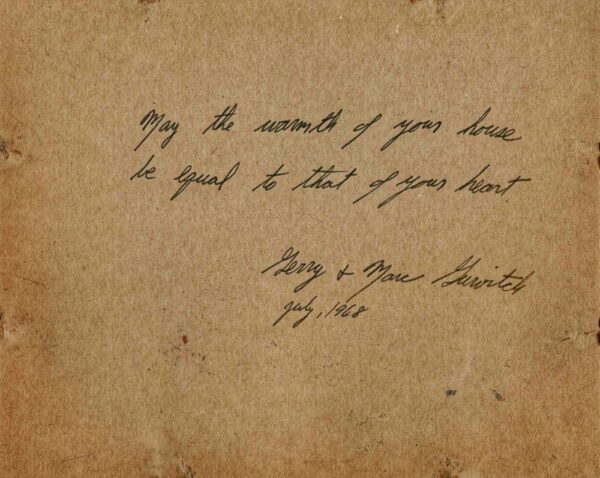
Verum Archaeologiam
Across the sprawling inquiry I call Rosslyn Redux, I’ve gathered many posts into a category I call “Archeology of Home”. It’s a moniker I usually use in a quasi metaphorical sense, but not always. In fact, there have been plenty of instances in which we’ve quite literally disinterred and studied artifacts that have informed our understanding (and appreciation) of home.
Sometimes the excavation is figurative, exposing ideas and memories and stories and memories that, when scrutinized reveal what underpins my/our ideas of homeness. In either case, analysis (and sometimes creative exploration) or both real relics and those that exist in the realm of concept have deepened and affirmed our relationship with home.
Today I have an intriguing outlier to share. It’s archeology of home in the layered and often complex sense. And it invites inclusion in my intermittent what-makes-a-house-a-home series: does mystery make a house a home?
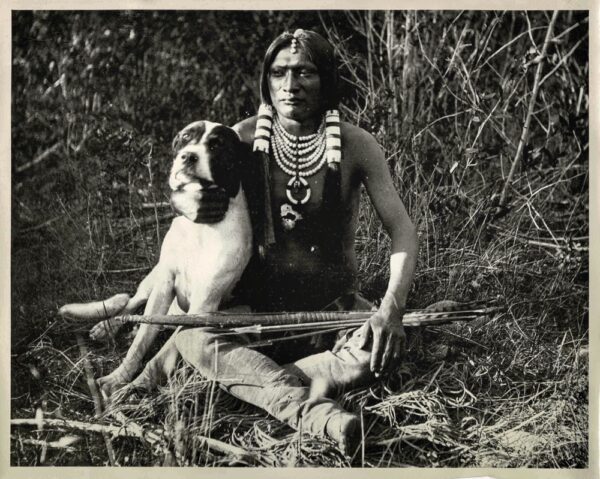
Concealed Artifacts Considered
While drafting a post that revisits my enduring curiosity about (and reference to) The Farm I asked Katie to remove an old black and white photograph (a sentimental hand-me-down from my mother and father) from its frame in order to scan it. Here’s our slightly abbreviated dialogue.
Katie, I’m hoping… you might be able to help me with the photo that I’d like to accompany this post. If you look at the B&W snapshot attached you’ll see a photo of me as a small tyke with an older man. I’m hoping that it may be easy to remove the image and scan it at high definition… Thanks!
I scanned this photo for you. Did you know there were some other photos behind this one in the frame? I scanned everything in case you were interested…
Oh, what a find. You have no idea how moved and intrigued I am by your totally unanticipated discovery. I received this photo from my parents when they were preparing to downsize their Rock Harbor home a year or two before selling it. I imagine they must have repurposed an older frame that contained the images and information you’ve come across. The man in the photo in “Upper Volta” (newly independent from France as of 1960 and then renamed Burkina Faso in 1984) is my uncle Herman Gail Weller, my mother‘s older brother. He was in the U.S. Peace Corps, living in Africa (Ghana and later Liberia, if I recall correctly) in the 1960s when this photograph was apparently taken. No idea about the Ute news clipping and photo. I’ll reach out to my uncle to see what I can find out. What a fascinating layering of history. And what a wild surprise! Thank you, Katie.
I’ll return to the “older man” (aka OMC) when I publish the relevant post soon. But that youthful photograph of my uncle offered a subject for my inquiry.
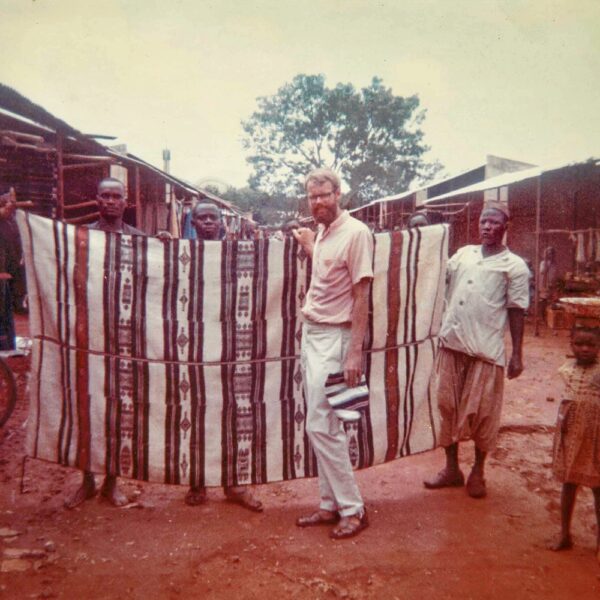
Herman in Burkina Faso
I sent out an email (with scans of the photos, etc.) to my mother and my uncle. Circuitously the following message made its way back to me.
“The pictures came through on the email from George that you forwarded to me. The pictures were huge compared to the font size of the text. So I had to scroll back and forth and up and down. ….. Of course that was me in Bobo-Djou… in a market. The blankets were called “Mali blankets,” at least by expatriots. Most expatriots that I met in West Africa prized Mali blankets. My beard was nicer in red (then) than in white (now).
The width of each strip in a Mali blanket was the width that a typical loom created. When I traveled to Bamako, Mali one Christmastime, I saw weavers sitting on the sidewalks along the modern paved highway, each with his loom cords tied to the base of a modern street light.
Ah-ha! A few more details in Herman’s notes on reverse of photo.
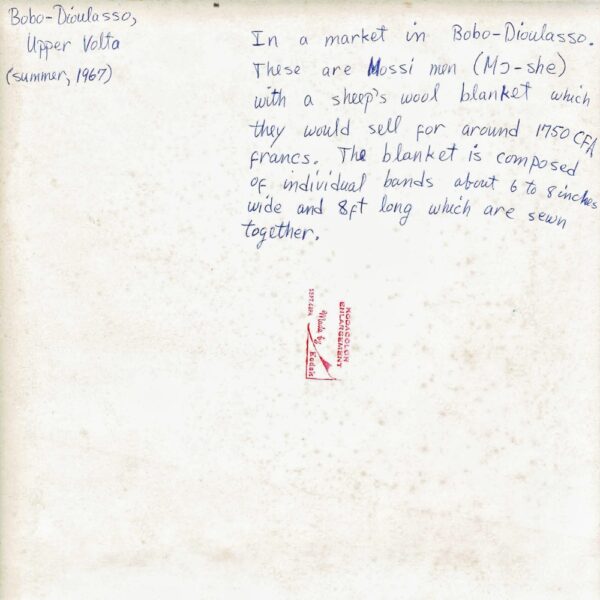
Another uncanny aside: that Mali blanket hung in my bedroom as a tapestry during my teens. Also a sword from Herman’s West Africa years!
Ute Youth
And what about the handsome fellow with his dog appearing earlier this post?
So far no recollection from Herman to share on this one. Did one of my parents place it in the frame? Someone else. When? Why? The mystery endures.
Let’s take a look at the other artifacts, which at least explain something about the Ute youth, if not its provenance.
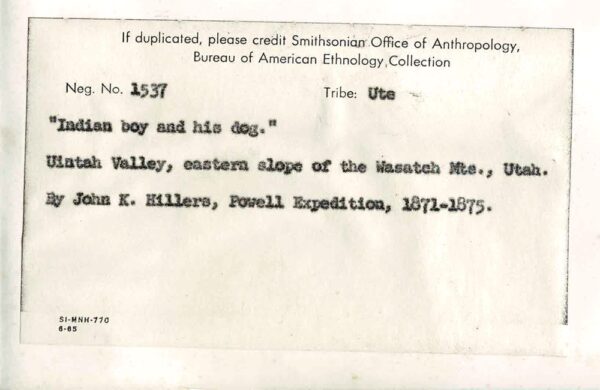
This documentation from the Smithsonian Office of Anthropology, Bureau of American Ethnology, Collection is affixed to the back of the photo of the Ute youth. If too blurry for you, here’s the gist.
Neg. No. 1537
Tribe: Ute
“Indian boy and his dog.”
Uintah Valley, eastern slope of the Wasateh Mts., Utah.
By John K. Hillers, Powell Expedition, 1871-1875.
I’m unclear how the Ute youth photo with documentation (above) happen to be located together with the article (below), but the caption (also below) suggests that the image may have been used to illustrate the compelling news clipping.
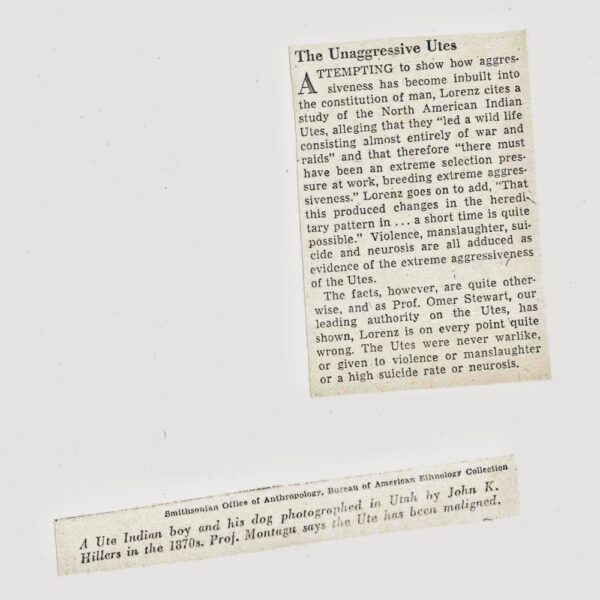
Also resonating subtly but pleasantly, the recollection that my maternal grandmother (mother to my mother and Herman) often mailed us news clippings that struck her as individually relevant and appealing. Perhaps she came across and clipped the article, and then sent it to my mother or my uncle?
Perhaps the trappings of home and the lives they echo, albeit sometimes a faintly fading echo, are among the mysteries that make a house a home?
Afterward
The lead image on this post is a dedication, a mystery dedication, that adorns a cardboard panel at the back of the frame. For whom? From whom? Well, we know their name, but who are/were they? I have absolutely no idea, but the sentiment is uncannily appropriate for the current context.
“May the warmth of your house be equal to that of your heart.” — Gerry and Marc Gurvitch
Appropriate, for sure. And perhaps it’s worth gathering well wishes wherever and whenever we come across them. Even when they present themselves in hand-me-down frames, photographs, and artifacts, fortuitously extending goodwill outward and onward.
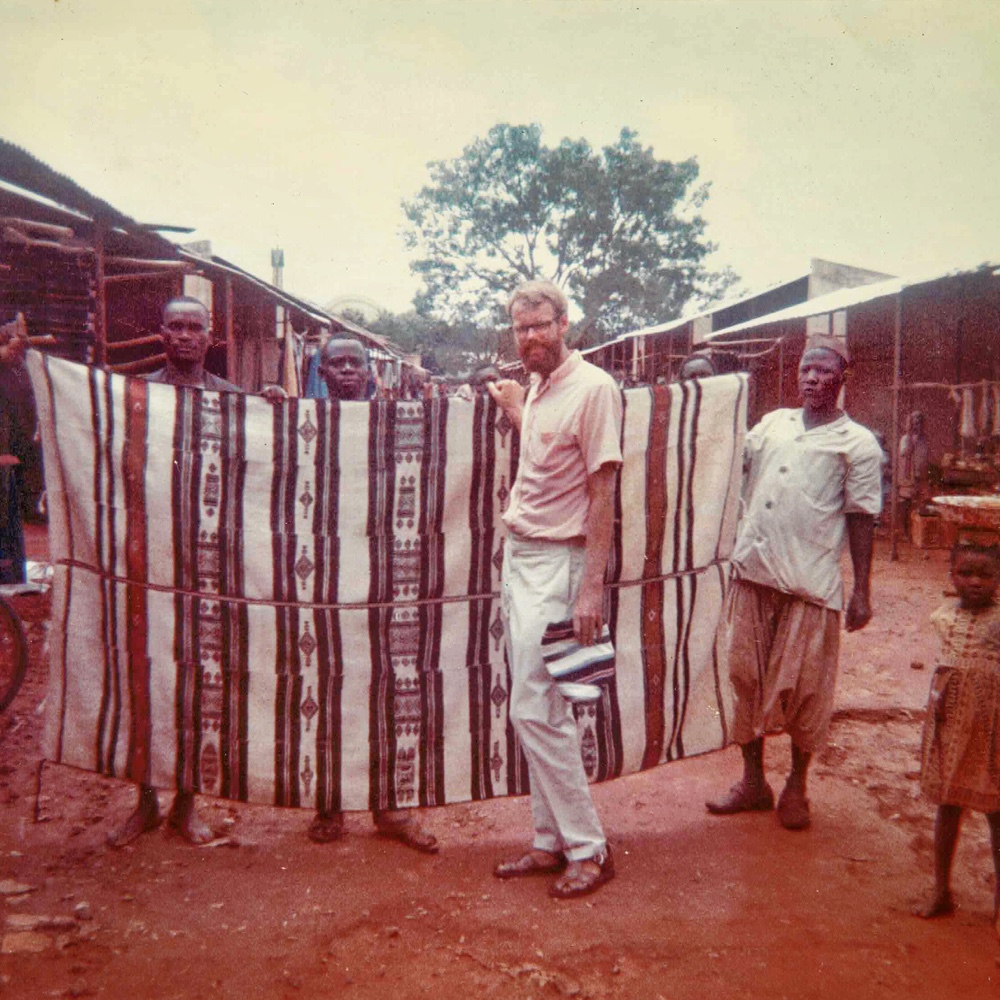
Leave a Reply